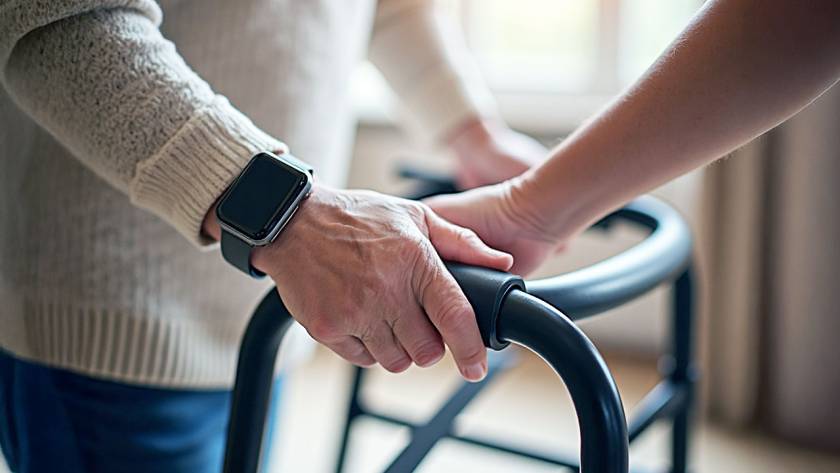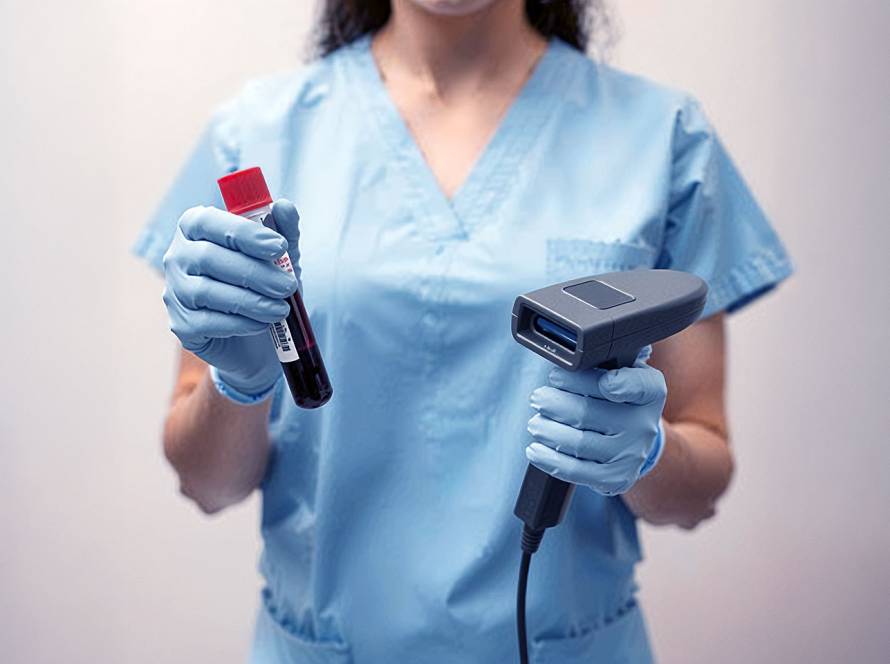In today’s rapidly evolving healthcare landscape, technology plays a pivotal role in enhancing patient safety, streamlining clinical workflows, and ultimately improving health outcomes. At the forefront of this transformation is the Internet of Things (IoT), and more specifically its healthcare-focused branch, the Internet of Medical Things (IoMT), which connects medical devices, sensors, and healthcare systems to deliver real-time data and smarter care.
Enhancing Patient Safety with Smart Monitoring
One of the most significant benefits of IoT in healthcare is its ability to improve patient safety. Integrated IoT patient care systems use smart sensors and motion detectors to monitor patients continuously, significantly reducing risks such as falls. For example, recent studies have shown that IoMT-enabled fall prevention systems significantly reduce bedside falls compared to traditional monitoring methods [1]. These systems alert healthcare staff immediately when a patient attempts to leave their bed, allowing for swift intervention and preventing potentially serious injuries.
Streamlining Clinical Workflows
IoMT devices also revolutionise clinical operations by automating routine tasks and improving communication between departments. Smart sensors track patient flow within healthcare facilities, helping staff allocate resources more efficiently and reduce waiting times. Remote patient monitoring allows physicians to receive real-time health data without the need for physical examinations, enabling timely and personalised treatment plans. This reduces errors caused by manual data entry and enhances coordination across care teams.
Improving Healthcare Outcomes through Real-Time Data

Real-time data collection is transforming how healthcare providers diagnose, treat, and manage diseases. Wearable IoMT devices such as smartwatches and blood pressure monitors continuously gather vital signs, enabling early detection of health anomalies. These devices empower patients to engage actively in managing chronic conditions by providing instant feedback and alerts, improving medication adherence and lifestyle choices.
Moreover, the integration of IoT data with advanced analytics supports predictive healthcare, allowing clinicians to anticipate complications before they arise. This proactive approach not only improves patient outcomes but also reduces hospital readmissions and healthcare costs.
The Future of Healthcare is Connected
As IoMT technology advances, its role in healthcare will only grow. From remote monitoring that brings care into patients’ homes to AI-powered diagnostics that enhance accuracy, IoT is set to revolutionise patient care on multiple fronts. Healthcare providers adopting these solutions can expect improved efficiency, better patient engagement, and safer clinical environments.
At Howood International, we are proud to support healthcare organisations by delivering innovative IoT solutions that enhance patient safety and optimise clinical workflows. Explore our healthcare offerings to learn how we can help your organisation embrace the future of connected care.
References
- Fall Prevention With the Smart Socks System Reduces Hospital Fall Rates, J Nurs Care Qual via Pub Med, Jan-Mar 2023.



